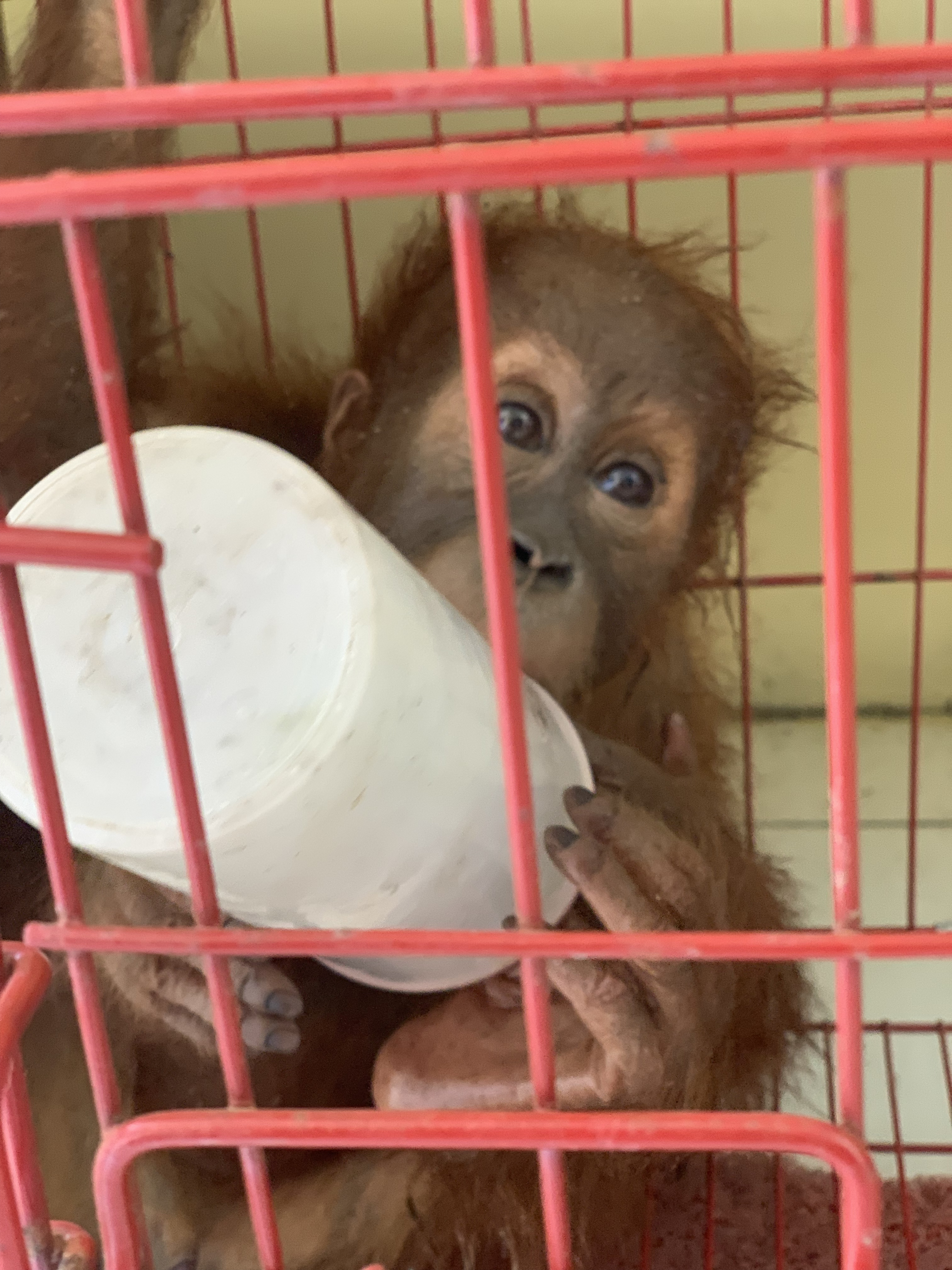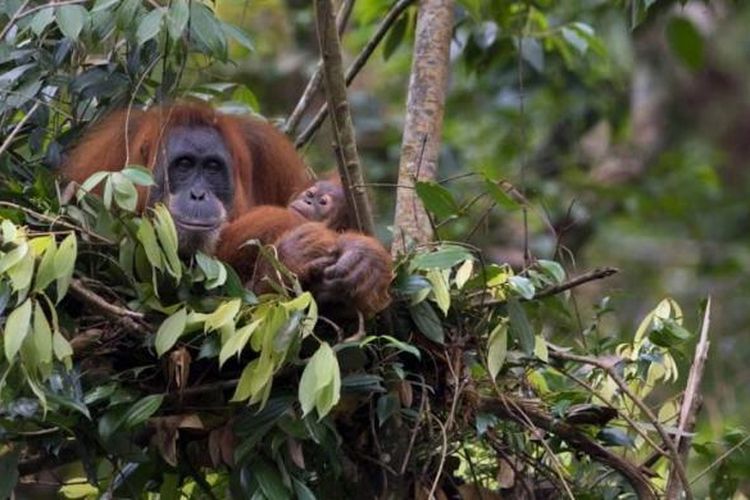


The threat to the long-term survival of our marine biodiversity is increasing, affecting both the waters within our national jurisdictional and the high seas. The Biodiversity Beyond National Jurisdiction (BBNJ) agreement provides a vital opportunity for a unified rescue effort for sustainable biodiversity in these two areas. What should we do with the time limits in front of our eyes?
The biodiversity of the planet's oceans is in a critical state, similar to those on land. Acidification, deoxygenation, and global warming continue to plague our oceans at an alarming rate. Additionally, pollution—including plastic waste—shipping impacts, offshore mining, and unsustainable large-scale fishing pose significant risks to the health of our oceans.
In April 2023, scientists from the National Oceanic and Atmospheric Administration (NOAA) found that the average temperature of the oceans (excluding the arctic oceans) had reached a record high of 21.1 degrees Celsius. This temperature surge surpassed the previous record of 21 degrees Celsius, which was recorded in 2016. This dramatic rise serves as a clear indicator of the hastening impact of climate change on our oceans. Ocean warming caused by climate has the potential to disrupt the ocean's overall circulation pattern by as much as 42% by 2100.
The deteriorating state of the world's oceans has prompted the Convention on Biological Diversity in Kunming-Montreal in 2022 to set a 30x30 target. This target aims to protect 30% of the world's oceans and land by 2030. However, achieving this goal in the oceans may be challenging, especially considering that the high seas—which represent 61% of the world's waters—are currently being overlooked.
After decades of negotiations, a historic moment unfolded at the UN Headquarters in New York on the 20th of September, 2023, as 70 countries, including Indonesia, came together to sign an agreement aimed at the conservation and sustainable use of marine biodiversity beyond national jurisdiction, or better known as the Biodiversity Beyond National Jurisdiction (BBNJ) agreement. As of May 2024, more than 80 countries have signed the BBNJ agreement.
However, The BBNJ Agreement is just the initial step towards a complex process. Implementing this agreement will require significant time and numerous intermediary steps. With the deadline approaching, Indonesia must act swiftly. The 30x30 target, to which Indonesia has committed, leaves only 5-6 years to achieve significant progress. Meanwhile, the increasing damage in the high seas is having a far-reaching impact on waters within national jurisdiction.
Amid an urgent deadline, the question arises: what are the crucial steps that Indonesia needs to prioritize concerning BBNJ, and how can these steps be optimized to serve our national interests?
The BBNJ Agreement consists of 17 preamble paragraphs, 12 chapters, 76 articles, and 2 annexes. This agreement generally regulates the conservation and sustainable use of biodiversity beyond national jurisdiction or the high seas.
This Agreement Is built on four pillars, namely marine genetic resources (MGR) and fair and equitable sharing of benefits, area-based management tools (ABMT) including marine protected areas (MPAs), environmental impact assessment (EIA), capacity building and transfer of marine technology (CBTMT).
To implement these four key pillars, it is essential to go through these five stages, which require considerable time and effort. These stages include the completion of rule and procedure aspects; institutional, data collection, and research; strengthening and enhancing cooperation at the national, regional, and global levels, along with the financial support; the mechanism for implementing the conservation and sustainable use of biological resources in protected areas; capacity-building and the development and transfer of technology.
The BBNJ agreement will come into force and is set to become a legally binding instrument 120 days after it has been ratified by 60 countries. Rapid ratification becomes a crucial key—marine protected areas hinge on the agreement coming into force.
Reflecting on previous experiences, the most complex and often time-consuming issue is its ratification. A notable example is the UNCLOS, which took 12 years to ratify.
Domestic political support, both at the legislative and executive levels, becomes a crucial factor in this process. Therefore, the Indonesian government must effectively communicate the urgency of ratifying the BBNJ Agreement to all stakeholders, with a particular focus on the parliament (Dewan Perwakilan Rakwat), to ensure that the BBNJ bill draft is included in the national legislative program (Program Pembangunan Nasional) for approval by 2025, or at least before the Conference of Parties (COP) on Conservation of Marine Genetic Resources Beyond National Jurisdiction in 2025.
Ensuring that the management of BBNJ is a top priority in our national policy strategic plan (Rencana Strategis Kebijakan Nasional) is also crucial. The Indonesian government, through Bappenas, is currently designing its National Long-Term Development Plan (RPJPN) for 2025-2045 and its National Medium-Term Development Plan (RPJMN) for 2025-2029. The RPJPN will later be formulated as Vision 2045: Archipelagic State (Negara Nusantara), one of which adopts the blue economy concept, with the target of increasing the contribution of the maritime sector from 7.6% in 2024 to 15% by 2045.
Unfortunately, this 2045 Vision has not yet considered the management of BBNJ areas. It is pivotal to align the RPJMN and RPJPN with the BBNJ draft bill is necessary for two main reasons. Firstly, the implementation of BBNJ requires sustained and long-term political support and funding. Secondly, the sustainable conservation and use of biodiversity on the high seas will affect the recovery and utilization of biodiversity and marine ecosystems within national jurisdiction.
Four Aspects
After establishing the ratification, our next priority is to ensure funding and financial mechanisms, as well as the establishment of a secretariat. Furthermore, it is important to determine the priority areas of the high seas to be managed as conservation areas under the BBNJ scheme, or the Marine Protected Areas. Among the 22 criteria for high seas conservation areas outlined in the BBNJ Agreement, one high seas area near Indonesia's waters that almost entirely meets these criteria is the northern waters of the Sulawesi Islands, bordering the southwest Pacific Ocean. The high seas in this area directly intersect with the Coral Triangle, which is home to 76% of the world's coral species, has 15 regional endemic coral species (species not found elsewhere in the world), and shares 41 regional endemic species with Asia. Other areas to consider are the high seas in the South China Sea area adjacent to the Natuna waters and the high seas between the jurisdictions of Indonesia, Timor Leste, and Australia.
So, how do we establish a Marine Protected Area? According to the BBNJ agreement, Indonesia and other BBNJ signatory countries need to submit proposals, which must include the designated marine protected area, the ecological scale of the threats faced, and management plans along with its steps. Achieving this requires in-depth research and the utilization of existing scientific knowledge.
Moreover, Indonesia must focus on developing ABMT as a tool to effectively coordinate the management of high seas conservation areas with other countries. This includes resolving issues or disputes of interest related to the protection of the marine environment in the high seas. The ABMT approach in BBNJ also mandates the importance of EIA as a guide to prevent, mitigate, and manage harmful environmental impacts.
Working on the aspects of ratification, establishing MPAs, ABMT, and EIA cannot be delayed until the treaty comes into force, especially to achieve the 30x30 target. To expedite the resolution of these aspects, several parties are committed to providing funding. For example, the European Union has pledged to support the ratification and implementation of this agreement earlier through the EU Global Marine Program, with a contribution of 40 million euros.
The implementation of BBNJ requires coordinated and collaborative work across government and non-governmental institutions. Therefore, the President, both current and future, needs to lead the implementation directly. High-level and sustained political commitment to BBNJ is also crucial because efforts to prevent ocean damage can no longer wait.
The BBNJ agreement reminds us that preserving marine biodiversity is not enough to just "turn our backs on the ocean." we must move forward to preserve the sea, even beyond our maritime boundaries. In the limited time frame, we must promptly and effectively complete the planning and foundation of its implementation involving all relevant parties. In the Spirit of commemorating World Biodiversity Day on May 22, 2024, Indonesia must "Be a part of the plan".
Happy World Biodiversity Day!

International Law Department Student of Gadjah Mada University
Terkait







